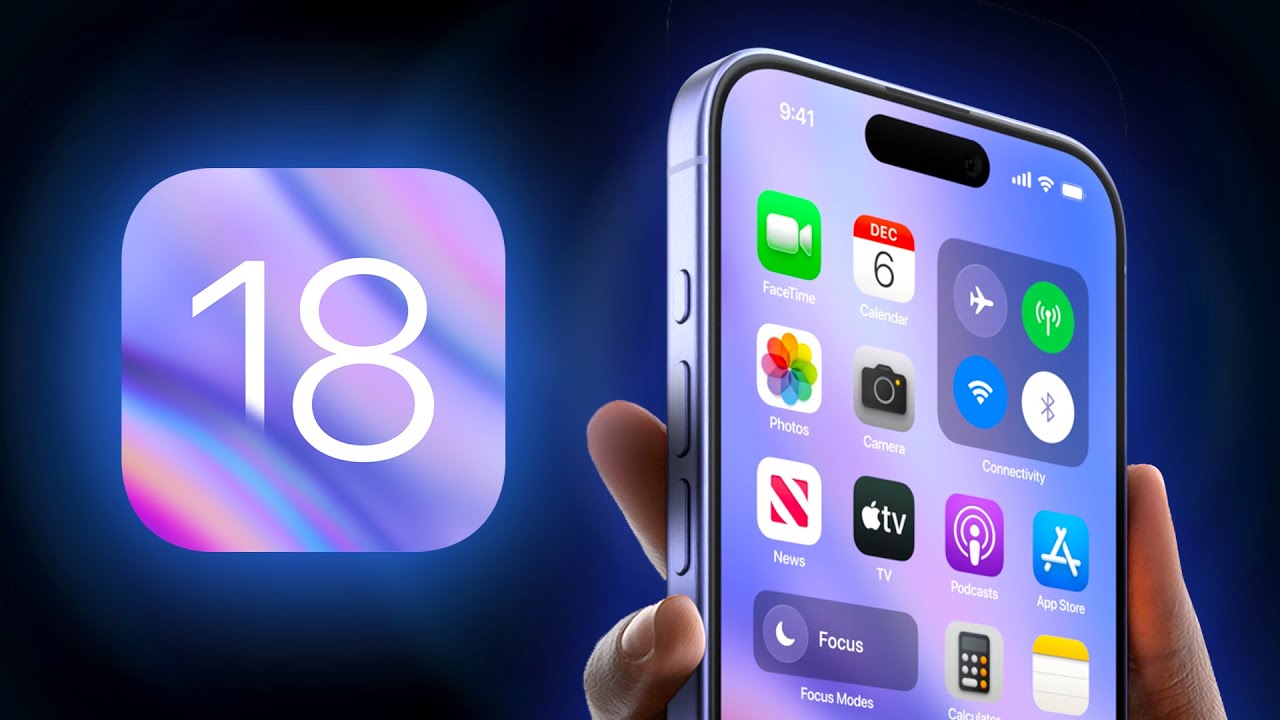Apple has consistently positioned its ecosystem at the forefront of personal health and wellness, and recent updates to watchOS and iOS further solidify this commitment. These updates, while seemingly incremental, offer significant improvements that empower users to better manage their fitness goals and overall digital experience. Let’s delve into how watchOS 11 and the impending iOS 18.3 are enhancing the Apple experience.
watchOS 11: A More Personalized Approach to Fitness Tracking
The Apple Watch has long been a valuable tool for monitoring activity levels and promoting healthy habits. However, the rigid structure of its Activity rings has, at times, presented challenges for users seeking a more flexible and personalized approach to fitness. watchOS 11 addresses these challenges with two pivotal changes: the ability to pause Activity rings and the introduction of customizable daily goals.
Previously, the Apple Watch mandated consistent daily adherence to pre-set Exercise and Stand goals, alongside the customizable Move goal. This “one-size-fits-all” approach often proved demotivating, particularly during periods of illness, injury, or simply varying schedules. The inability to account for rest days or unexpected circumstances could lead to broken streaks and a sense of discouragement.
watchOS 11 rectifies this by allowing users to “pause” their Activity rings. This feature is a game-changer for those who need to take rest days, recover from illness, or adjust their routine for any reason. Users can avoid breaking their streaks by pausing the rings and maintaining a positive relationship with their fitness tracking.
Furthermore, watchOS 11 introduces the ability to set different goals for different days of the week. This customization allows users to tailor their activity levels to their weekly schedule, promoting a more realistic and sustainable approach to fitness. For instance, someone might set higher Move goals for weekdays and lower goals for weekends, accommodating a more active workweek and a more relaxed weekend.
These changes are significant for several reasons:
- Motivation and Consistency: Streaks can be powerful motivators, encouraging users to maintain healthy habits. WatchOS 11 fosters greater consistency and long-term engagement by preventing unnecessary streak breaks.
- Realistic Goal Setting: Rigid, inflexible goals can lead to frustration and abandonment. WatchOS 11 promotes a more realistic and attainable approach to fitness by allowing for customization and flexibility, increasing the likelihood of long-term success.
The impact of these changes is best illustrated through personal experience. Imagine diligently maintaining a 285-day Move streak, only to have it abruptly ended by an illness. The demoralization of losing such a significant accomplishment can be profound, potentially leading to a complete abandonment of the established routine. The ability to pause rings would have mitigated this negative experience, allowing for a smoother return to regular activity.
Similarly, the ability to tailor daily goals addresses the inherent limitations of a uniform daily target. Recognizing that activity levels naturally fluctuate throughout the week, watchOS 11 empowers users to create a fitness plan that aligns with their individual lifestyle.
iOS 18.3: Refinements and Anticipation for Future Innovations
While watchOS 11 focuses on enhancing the fitness experience, iOS 18.3 is a more iterative update, focusing on refinements and laying the groundwork for future innovations. While not a major overhaul, it plays a vital role in ensuring a stable and optimized user experience.
Based on Apple’s historical release patterns, particularly mirroring the iOS 17.3 release cycle, we can anticipate the following timeline for iOS 18.3:
- Beta Testing: Following the initial beta release, we expect subsequent betas to be released at regular intervals, likely weekly or bi-weekly.
- Release Candidate (RC): A Release Candidate build will be issued shortly before the public release, indicating the final version of the software.
- Public Release: Based on the iOS 17.3 timeline, we can expect the public release of iOS 18.3 within a few weeks of the initial beta release.
iOS 18.3 brings several notable improvements:
- Home App Enhancements: Including potential support for new smart home devices, possibly robot vacuums, further integrating the Apple ecosystem into the smart home experience.
- Refined User Interface: Subtle tweaks to icons and user interface elements, such as the Image Playground app icon, contribute to a more polished and cohesive aesthetic.
- Bug Fixes and Performance Improvements: Addressing underlying issues and optimizing performance contribute to a smoother and more reliable user experience. This includes fixes for the Writing Tools API and Genmoji.
- Enhanced Security and Accessibility: Improvements like Face ID/Touch ID login for the Feedback app and dark mode support for the Camera Control menu in Accessibility settings demonstrate Apple’s commitment to security and inclusivity.
While iOS 18.3 focuses on refinement, it also sets the stage for more significant updates in the future. iOS 18.4 is anticipated to introduce more substantial features, particularly in the realm of Apple Intelligence, expected to arrive in the following months.
Conclusion: A Holistic Approach to User Experience
The updates to watchOS 11 and the upcoming iOS 18.3 demonstrate Apple’s continued commitment to providing a holistic and integrated user experience. By addressing user feedback and focusing on both major innovations and subtle refinements, Apple is creating an ecosystem that empowers users to better manage their health, productivity, and overall digital lives. The combination of personalized fitness tracking in watchOS 11 and the stability and refinements of iOS 18.3 creates a more robust and user-friendly experience for Apple users.

